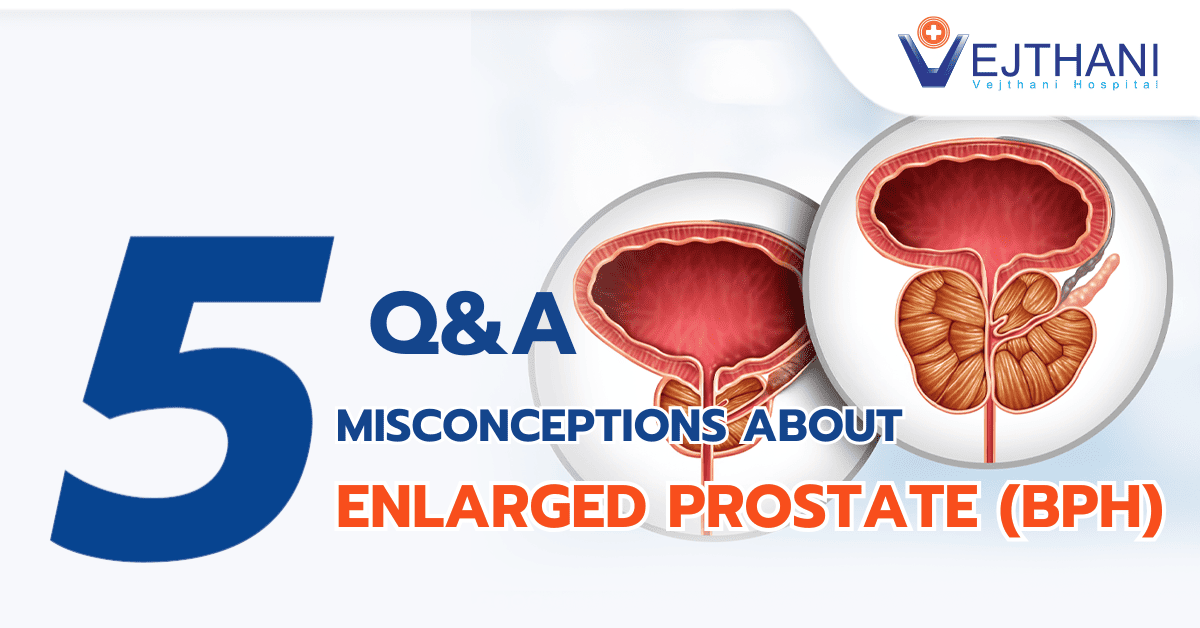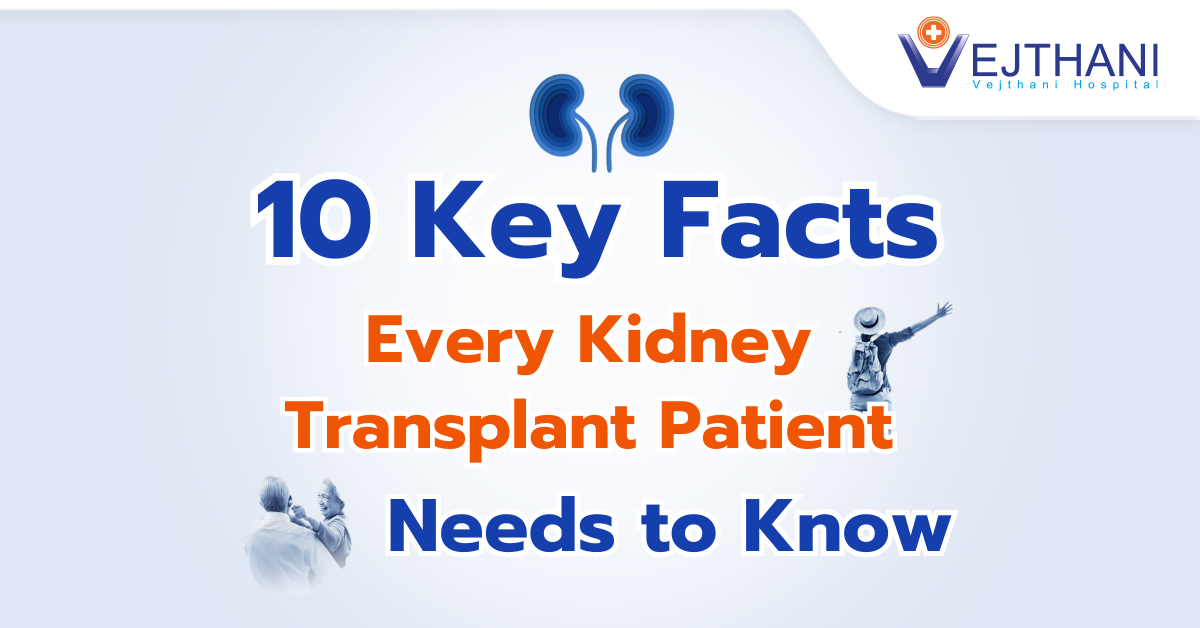
Forceps delivery
Overview
Forceps delivery is a type of assisted vaginal delivery that is utilize when the mother or their baby is at risk due to prolonged labor. When labor is not progressing, mothers might deliver their babies vaginally with the help of forceps delivery. An experienced healthcare provider can use forceps to grasp your baby within the birth canal and assist in guiding them out. Although not frequently used, forceps delivery can be a helpful option in some situations to help deliver your baby without the need for a cesarean (C-section).
In general, the percentage of assisted vaginal births has decreased recently, but the percentage of cesarean sections has increased gradually to over 30% of all births. In order to prevent unnecessary cesarean sections, certain healthcare providers are concerned by these numbers and support a return to assisted vaginal birth methods.
Reasons for undergoing the procedure
Your healthcare team will closely monitor your condition and the status of the unborn baby if labor pauses during the second stage, often known as the pushing stage, and pushing efforts are ineffective. They may consider restricting the amount of pushing if you have a health condition that complicates pushing or poses risks.
Your healthcare provider may wish to reduce the stress on the baby if your baby’s heart rate indicates stress during labor. The baby might not be getting enough oxygen in the delivery canal if certain heart rate patterns are present. In such a situation, your healthcare provider will want to deliver them as soon as possible.
There are many procedures that your healthcare team might use if the situation demands assistance for a safe delivery of your baby. Before requiring surgery, you have two alternatives to help deliver the baby vaginally: vacuum extraction and forceps delivery. For these solutions to be effective, a few requirements must be met, such as the baby having to be at least halfway down the birth canal and your team being able to identify what position they’re in. Your healthcare provider may suggest a C-section if assisted vaginal birth is not an option or if it is unsuccessful.
Risks
Childbirth inherently involves risks, and it is the responsibility of your healthcare team to minimize these risks for both you and your baby. When they recommend interventions such as forceps delivery, it is because they believe the potential risks of not intervening outweigh those associated with the procedure. Delaying intervention could lead to serious injuries for you or your baby due to prolonged labor, especially if your baby shows signs of insufficient oxygen supply indicated by their heart rate. The consequences of oxygen deprivation are more severe compared to those of forceps delivery. If labor does not progress, there may be a need for an emergency c-section, which carries higher risks of complications than forceps delivery.
The risks to the birthing parent from forceps delivery are comparable to those associated with unassisted vaginal childbirth. They may occur more frequently when forceps are used. Among the risks are:
- Muscle or rectum wall tears: These also known as third or fourth degree tears, happen in roughly 10% of forceps deliveries as opposed to 3% of deliveries without assistance.
- Vaginal tears: Forceps are more likely to cause tears.
- Pelvic organ prolapse: While pelvic organ prolapse is also common after unassisted delivery, this risk can increase further with the occurrence of perineal tears.
- Urinary incontinence or difficult urinating: The possibility of tears increases that risk.
The majority of the baby’s risks during forceps delivery are minor and temporary. Severe complications s are quite rare. Among the risks are:
- Bleeding within the skull: Although uncommon, brain hemorrhages can be rather serious. After delivery, your baby will be closely observed by your healthcare team for any indications of internal bleeding.
- Skull fracture: Newborns have soft skulls that are more easily fractured. The majority of fractures are minor, self-healing, and don’t result in permanent harm.
- Surface wounds: Surface wounds to the head or face typically heal within a few days.
- Temporary facial nerve palsy: Temporary facial drooping and muscle weakness might result from damage to the baby’s facial nerves. It takes a few weeks to heal.
Forceps delivery are unsafe if you have the following:
- Not fully dilate.
- Premature baby (more than six week prematurely).
- Your baby has a bone condition or bleeding problem.
- At the birth canal, your baby is leading with their arms.
- Difficult to locate the position of the baby.
- Your baby may not fit through the birth canal.
Before the procedure
Forceps delivery may be necessary if:
- Your healthcare provider underwent training and with experienced in using forceps delivery.
- You have been trying to give birth for the recommended amount of time (one to four hours, based on your health).
- Your baby has descended to the midpoint of the birth canal, making it accessible.
- The heart rate of the unborn baby suggests that it is in fetal distress and should be delivered immediately.
Informed consent is required for forceps delivery. Your healthcare team will go over the advantages and disadvantages of emergency plans with you if you haven’t previously, and they will need your permission to proceed with the procedure. If you haven’t had pain medicine already, they will then provide it to you.
In order to get ready, they will use a catheter to drain your bladder if necessary and break your water if it hasn’t already broken. This helps to create more space in the birth canal. In some cases, they may opt to perform an episiotomy, which is a surgical incision of the perineum, to facilitate the use of forceps.
During the procedure
The forceps delivery tool are ideally designed for you and your baby. The ends of the blades are bent to support your baby’s head shape, and the length of the blades is curved to fit your pelvic shape. Additionally, several kinds of forceps are available to handle various situations, such as breech and rotated babies. Your healthcare provider will choose the appropriate ones for your baby.
You will lie on your back with your legs apart for the entire procedure. You’ll keep pushing through your contractions, taking breaks in between. During the intervals between contractions, your healthcare provider will position one forceps blade on either side of your baby’s head (or feet) during this time. Using mostly your pushing force, they’ll use your next contraction to apply light traction to the forceps to help guide the baby out. They will focus on rotating your baby into a better position for birth in between contractions if that’s necessary.
Forceps are only ever utilized when they are beneficial. Your healthcare provider will release the forceps if your baby just needs to be rotated to get assistance. They will then release the forceps if your baby only requires assistance passing the widest section of their head through. The majority of forceps deliveries progress with one or two pulls and end with three or four. Your healthcare provider will remove the forceps if it seems that they are not assisting your baby in moving forward.
After the procedure
Should the forceps work as intended, your delivery will proceed as usual. If these don’t work, your healthcare provider might suggest a cesarean section to assist with the delivery of your baby.
Your healthcare team will examine you and your baby for any injuries that may have occurred during delivery. They will suture you up if you have an incision or tear that has to be repaired.
They will keep an eye out for any indications of procedure-related problems with your baby over the course of the following few hours. You can bring your baby home if there are no symptoms.
Outcome
After a forceps delivery, you might stay in the hospital for a little while longer, but the recovery period will be similar to that of an unassisted birth. It takes roughly six weeks on average, maybe more if you’re recovering from serious tears. If stitches are used, they usually dissolve within approximately a month.
Wearing a pad may be necessary for regular vaginal bleeding. Over-the-counter medications should be able to help you manage any remaining pain.
If you experience any severe bleeding or severe pain, it is recommended to seek medical attention or contact your healthcare provider.
Contact Information
service@vejthani.com






















